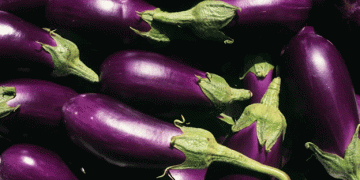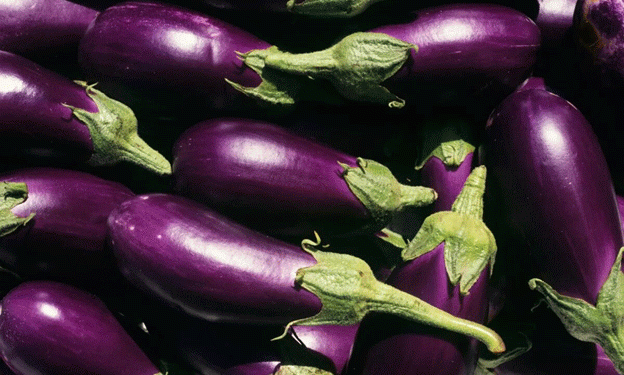Belgium’s organic food market is navigating a dynamic and challenging environment. After a notable decline in organic spending in 2022, the sector saw a resurgence in 2023. However, this growth comes amidst significant regional disparities and increasing competition from alternative sustainable agricultural practices.
Spending Trends and Regional Differences
In 2023, Belgian consumers spent an average of €102 per person on organic products, reflecting a modest increase from previous years. Brussels led with the highest spending at €137 per person, followed by Wallonia at €127, and Flanders at €83. Despite traditionally high spending in Wallonia, Flanders made a significant leap, capturing 47.6% of the organic spending share, surpassing Wallonia’s 39.6% and Brussels’ 12.7%. This shift indicates a growing acceptance and interest in organic products across the country, particularly in Flanders.
Distribution Channels and Market Dynamics
Supermarkets continue to dominate the distribution of organic products in Belgium, holding a 43% market share. Specialty stores follow with 31%, while neighborhood supermarkets and discounters account for 8% and 7%, respectively. Although short supply chains, public markets, and farmers’ markets have smaller market shares, they demonstrate a high proportion of organic purchases. This distribution pattern highlights the ongoing preference for convenience and accessibility in organic product shopping.
Organic Farming and Market Pressures
Belgium’s organic farming sector often serves as a testing ground for new agricultural techniques, such as mechanical weed control and the use of sustainable pesticides. Despite its innovative role, the organic sector faces pressures from alternative sustainable practices like regenerative and carbon farming. Since 2021, rising prices have dampened market demand, leading to stagnation in the sector.
The market share of organic products in Belgium’s total food and household expenditures rose slightly from 3.4% to 3.5% in 2023. Regional disparities persist, with Wallonia maintaining a higher market share of 4.6% compared to Flanders at 2.9%. This indicates a strong, albeit uneven, commitment to organic products across different regions.
Belgium’s organic sector is at a crossroads, with increasing consumer spending and shifting regional dynamics offering both opportunities and challenges. While the rebound in spending is promising, the sector must address production issues and navigate competition from other sustainable practices. Continued innovation and adaptation will be key to maintaining growth and relevance in an evolving market landscape.































